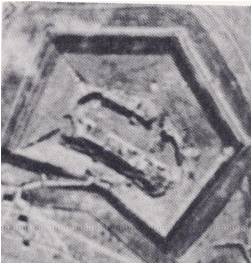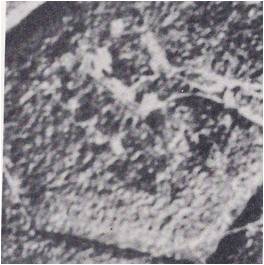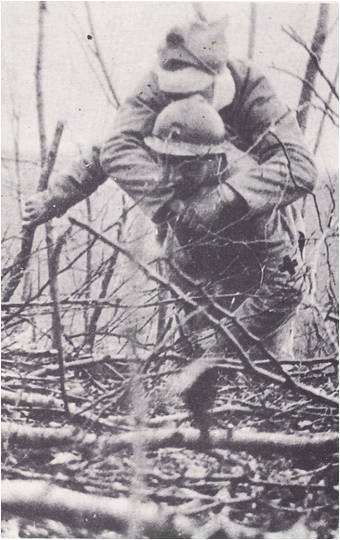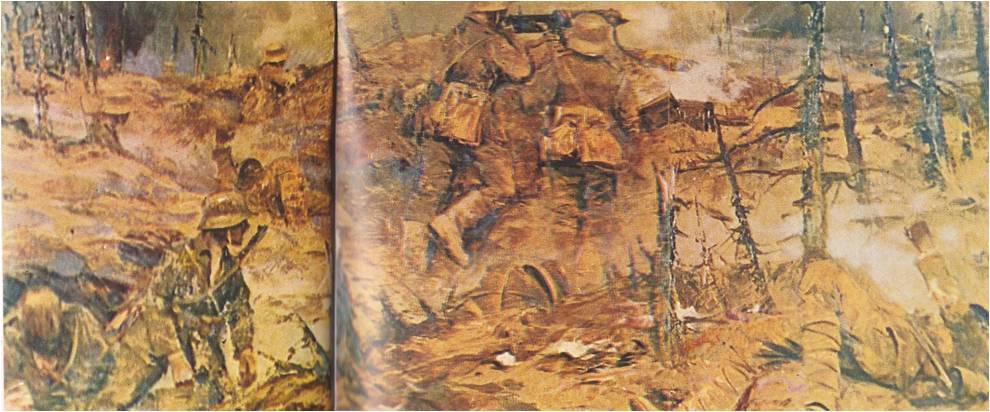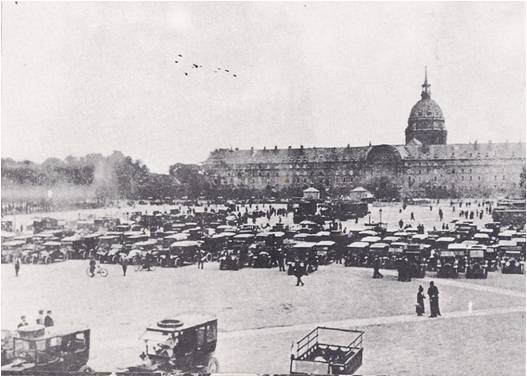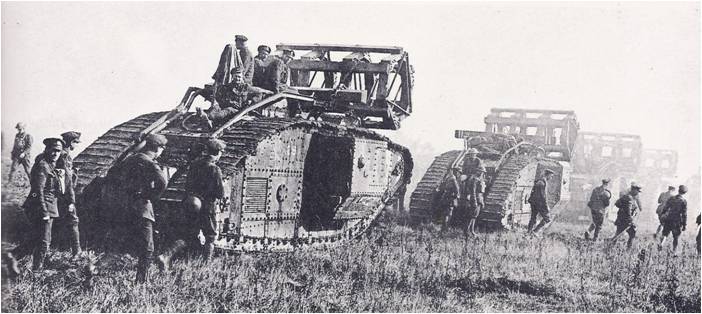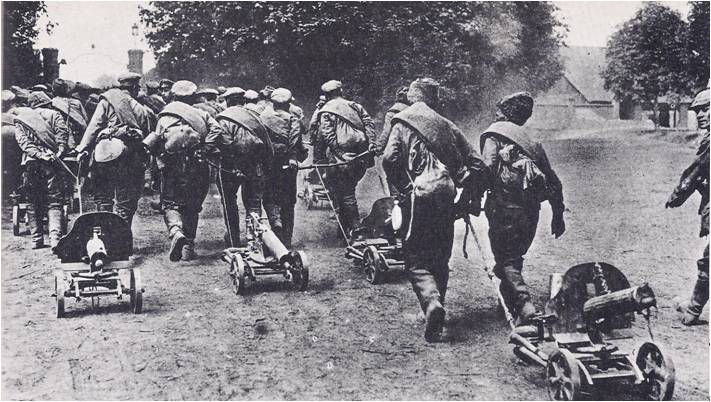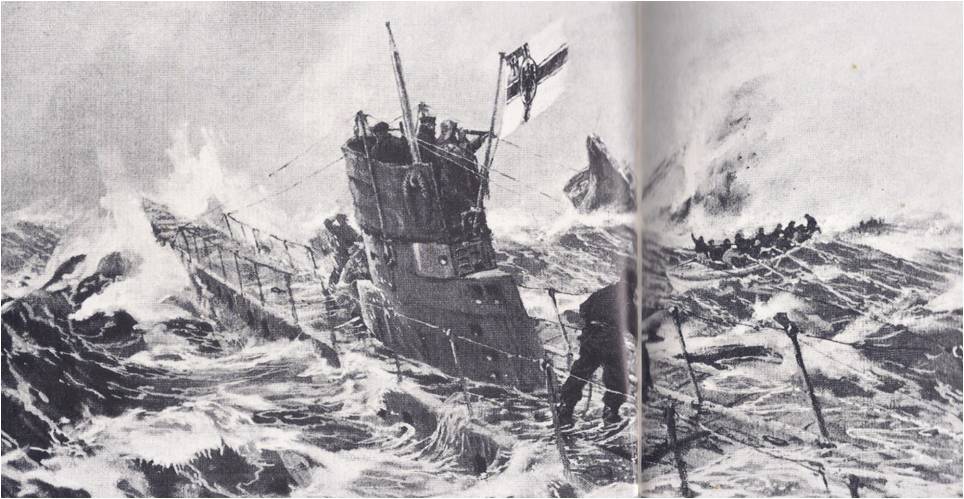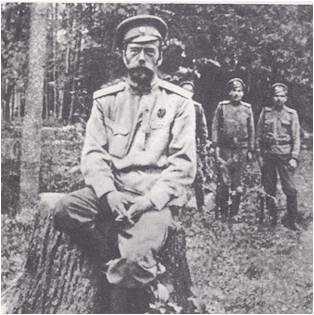Germany’s generals had for some time expected that they would have to fight both France and Russia, and Count Alfred von Schlieffen had devised a battle plan that took this into consideration. The Schlieffen Plan was a good one and it might well have brought the war to an early end — if General Helmut von Moltke, who succeeded Schlieffen as the German commander, had followed it.
The plan called for the German army to be divided into an eastern force and a western force. Russia, vast and with few good roads or railroads, would need more time than France to bring up its troops; a fairly small German force could therefore hold off the Russians during the first weeks of the war. Meanwhile, a huge German force would invade France and would defeat it in six weeks. Then the victorious German troops in the west would be sent east to join their comrades in a massive thrust against Russia.
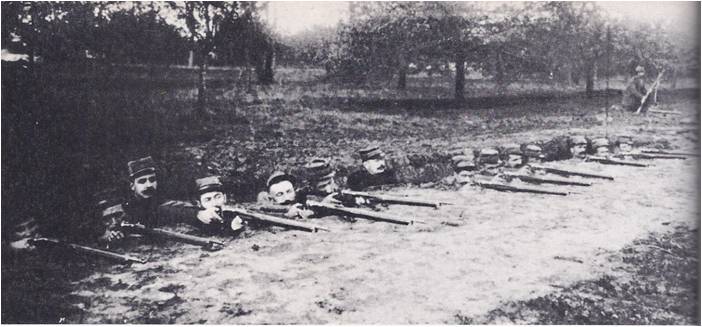
The heart of the plan was the strike into France and at the start of the war, the huge German army in the west was poised along the French and Belgian borders. Its left wing, running north from Switzerland, consisted of only several divisions, each of 15,000 men, but its right wing, farther north, was made up of most of the German foot-soldiers under arms. The army was supposed to move like a gate swinging on a hinge. Its right wing was to advance rapidly across Belgium into northern France, catch the French army on its left and hurl it back. Caught between the German right and left wings, the French would have to give up or be destroyed.
For the plan to succeed, the right wing had to be very strong. Count Schlieffen, had understood this; his last words before he died were: “Keep the right wing strong.” Between 1905 and 1914, Moltke added eight new divisions to the left wing and only one to the right wing.
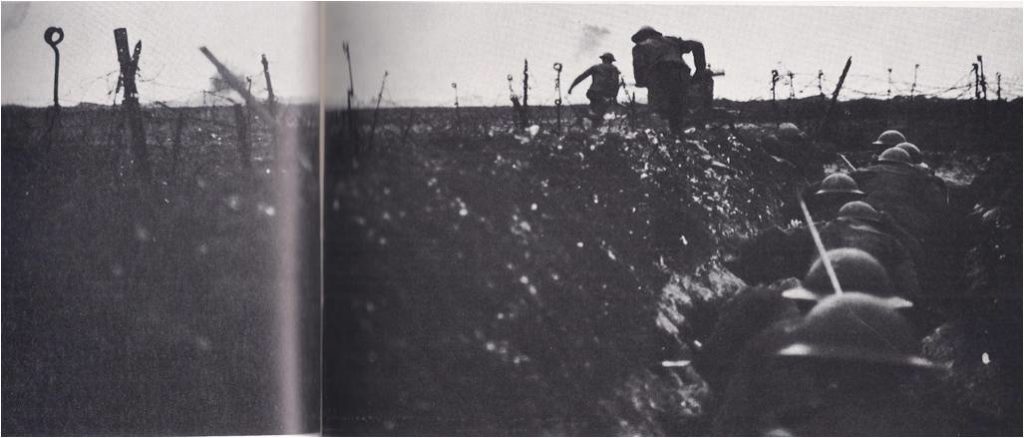
On August 3, 1914, the 78 German divisions in the west launched an attack against 72 French, 6 Belgian and 5 British divisions. The Germans swept forward; the plan seemed to be working like clockwork. Then, in the east, two Russian armies pushed into East Prussia. Moltke became nervous and on August 26 he withdrew forces from his right Wing to reinforce the eastern front. His striking force in France rolled on, but it was weaker than it had been. The French commander, Marshall Joseph Jacques Césaire Joffre, regrouped his French and British forces along the Marne River and he ordered a counterattack.
The Battle of the Marne, fought from September 5 to 12, changed the whole course of the war. The Germans were forced back and their hope of a quick victory was ended. After the battle came a “rush to the sea,” as each side raced north to reach the ports on the English Channel ahead of the other. The Allies reached the ports in time to keep them out of German hands. The Channel ports were vitally needed by the Allies to receive British soldiers and supplies and their capture was an important Allied victory. Although the Germans in the east were scoring spectacular victories over the Russians, these triumphs proved to be less important than the events in the west.
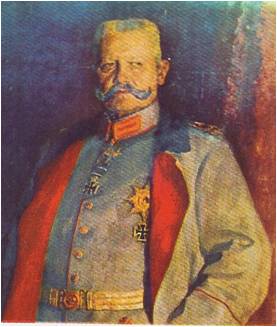
Up to this point the war in the west had been a war of movement; it became a war of position. Two armies, each made up of millions of men, faced each other along a front that ran from Switzerland to the North Sea. They were so evenly matched that neither could push the other back more than a few miles — and then only by a tremendous effort and at a terrible cost. In this situation, the defenders had every advantage over the attackers and both armies dug trenches — long slits in the ground deeper than the height of a standing man. Dugouts, small caves where men could sleep or eat, branched out from the trenches, which soon extended in parallel rows of zigzag mazes the length of the front. In front of the trenches were strung coils of barbed wire, to entangle enemy soldiers if they attacked. The strip of earth between the German and Allied trenches came to be called No Man’s Land.
TRENCH WARFARE
Trench warfare continued in the west from the end of 1914 to the spring of 1918. Both sides were locked in a stalemate, but neither gave up the hope of somehow blasting a hole in the enemy’s defenses and pouring through. So the fighting went on and the method of attack became as fixed and unchanging as the front itself.
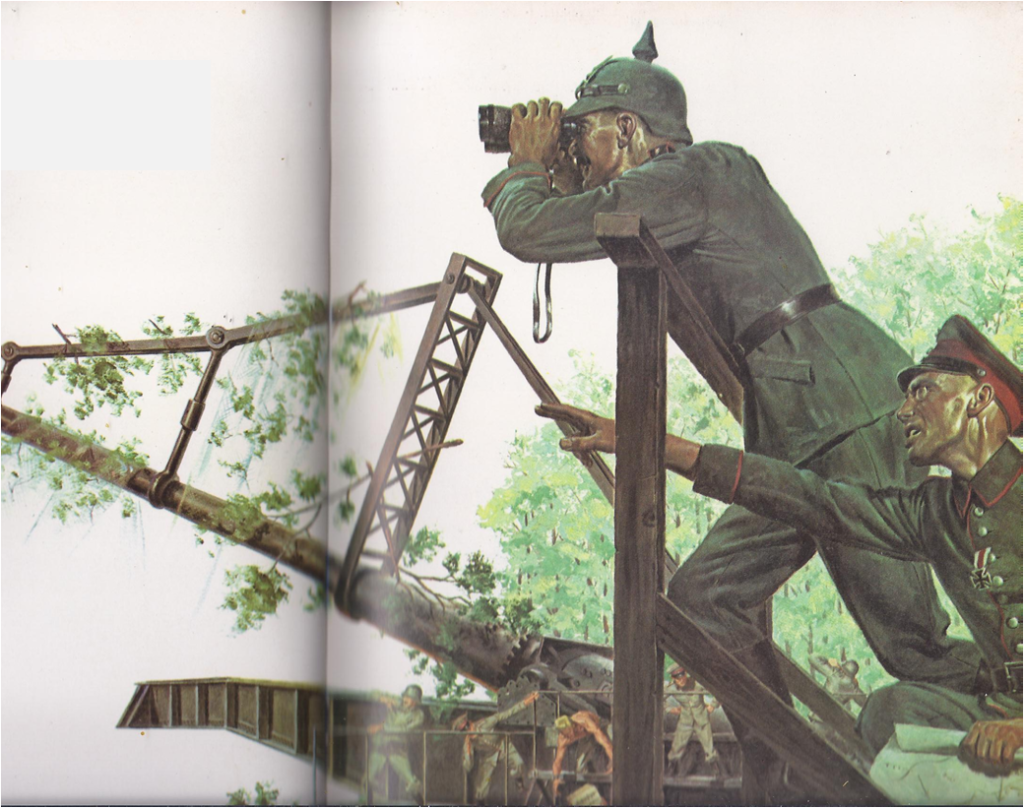
An advance could only be made by concentrating as many men and guns as could be spared from other parts of the front along one short stretch. The attack began with an artillery barrage, which sometimes lasted for days. At the Somme River in 1916, for instance, the Allies placed 2,000 heavy cannon behind a ten-mile front and bombarded the German trenches and gun sites for seven days and nights.
After the barrage infantrymen with rifles and hand grenades clambered out of their trenches and hurried forward at a trot. They wore helmets and sometimes, if the wind favoured an enemy gas attack, gas masks. If the artillery had done its work well, the attacking infantrymen would struggle forward five or ten miles across a nightmare landscape barren of trees, houses, or any other sign of life. Soon they would hear the deadly rattle of enemy machine-gun fire. Some would fall, dead or wounded and the rest would drop to the ground and dig for cover. Because the big guns could only be moved forward very slowly, the attack was halted.
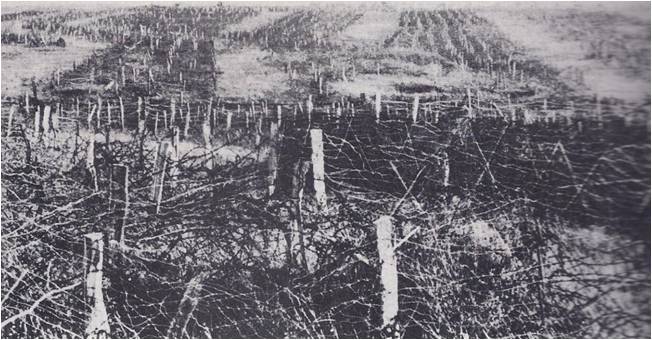
Machine guns were the greatest killers of the war. Against them, assault was useless, for one well-placed gun could mow down dozens or even hundreds of attackers in minutes. Yet the governments and generals demanded victory and the attacks went on. Only in the last stage of the war, when the British brought tanks into battle, was a way found to protect men against machine gun bullets.
Never before had the world seen such slaughter. Never had men fought and died in such enormous numbers for such small gains. The “war of position” was as horrifying a chapter as any in human history. In 1915, when the German generals decided to concentrate on their weakest foe, Russia, the French and British struck hard in northeastern France. They lost 250,000 men — almost twice as many as the Germans — and gained only three miles. In that same year, far from the western front, the British and French navies and armies tried to storm the Dardanelles in Turkey. This campaign was set in motion by Britain’s brilliant first lord of the Admiralty, Winston Churchill. After almost a year and the loss of 145,000 men killed and wounded, the Allies gave up the attempt.
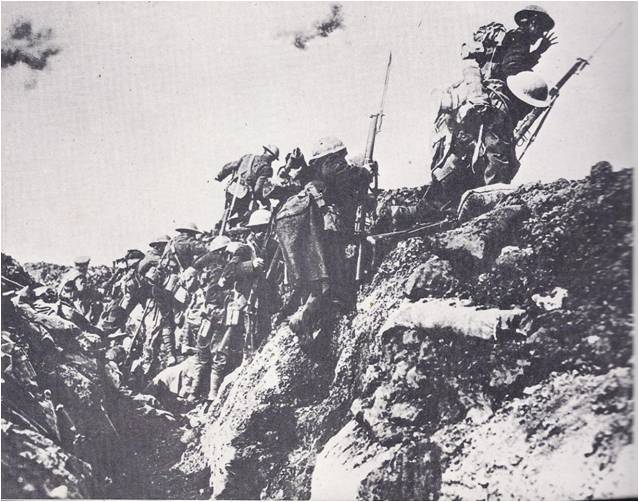
For 1916, the Allies planned a huge attack along the Somme River, but the Germans struck first, attacking the fortified French city of Verdun in February. With incredible heroism, the French defenders made good their commander’s vow that the enemy “shall not pass.” Finally the Germans gave up the siege; they had lost 330,000 men, the French 350,000.
While the battle of Verdun was raging, the Allies launched their attack along the Somme. In spite of the heaviest and most prolonged artillery bombardment on record, the British lost 60,000 men the first day. In a week they advanced only a mile, in a month, only two and a half miles. The Battle of the Somme, lasting from July to October, cost the Germans 500,000 men, and neither side gained anything of value.
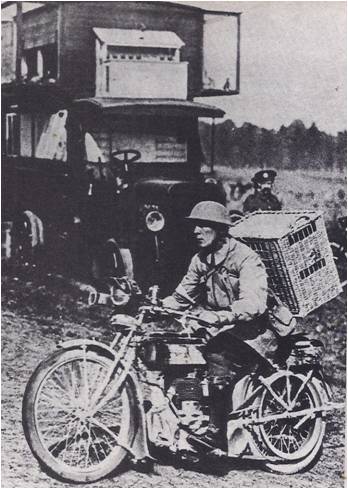
Meanwhile, Italy had been bargaining with both sides. In 1915, after winning a promise from the Allies of new territories in Europe and Africa, it deserted its Triple Alliance partners and entered the war on the side of the Allies. The following year, the Italians held off Austro-Hungarian attacks. But Germany and Austria-Hungary overran Serbia and Rumania. Rumania had chosen to fight with the Allies.
So it was that the Allies were stalemated in the west, the south and had been routed in the Balkans. Still, they could point to one area of success — the high seas. Since the start of hostilities, Great Britain and Germany had each tried to blockade the other with their navies. The British had relied on their more numerous surface warships, the Germ.ms increasingly on their submarines, which were known as underseaboats, or U-boats. In this contest, the British had steadily gained over the Germans. Finally, in May, 1916, the struggle for control of the seas was decided off the coast of Denmark, in the Battle of Jutland. For several hours, the entire British Grand Fleet of 151 ships hammered the German High Seas Fleet with its guns. At last the Germans withdrew. They had lost fewer ships and men than the British, but they dared not risk another encounter. The German fleet never again left port, and the British, by turning back ships bound for Germany and its neighbours, continued to sap the enemy’s strength.
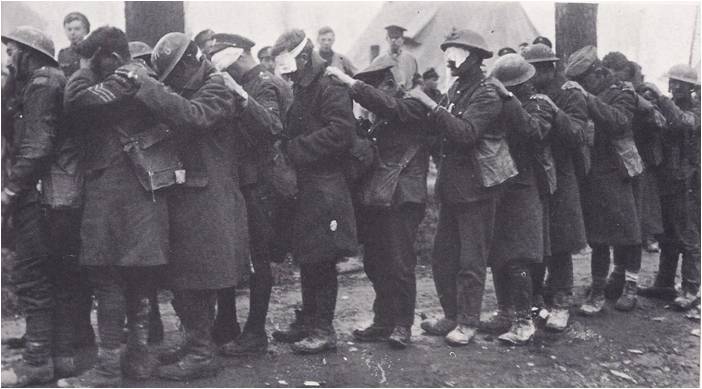
In the remaining area of fighting, the east, conditions were utterly unlike those in the west. As a result, the war itself was different. There, a highly trained German army faced a horde of Russian soldiers along a shitting front more than a thousand miles long between the Baltic Sea and the Black Sea. Although the Russians greatly outnumbered the Germans, they were no match for them. Most of the Russian soldiers were poor peasants who had no wish to die for their feared and hated tsar or their aristocratic officers, who looked on them with contempt. Furthermore, Russia had little industry and its supply corps was scandalously corrupt and incompetent. The result was that the army was short of cannon, rifles and almost everything else it needed. In at least one battle, thousands of soldiers went into combat armed only with sticks.
In 1915, after receiving reinforcements from the western front, the Germans took the offensive. Russia’s peasant soldiers fought bravely to defend “Mother Russia,” but that year they lost about two million men and many thousands of square miles of territory. The following year, during the Battle of the Somme, the Russians counterattacked. Although they took a heavy toll of the enemy, who lost 400,000 men, they themselves lost another million men.
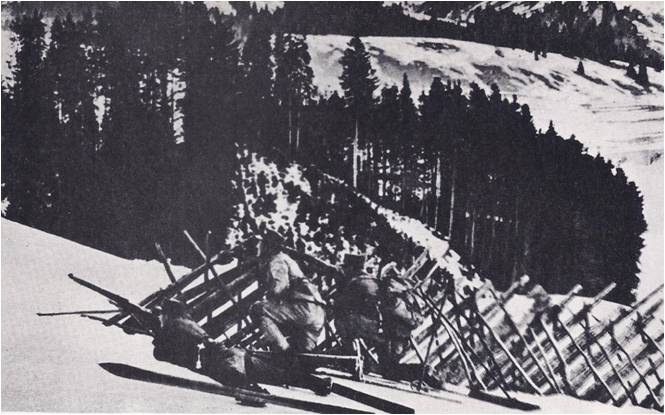
THE EASTERN FRONT
Then, in March of 1917, troops in St. Petersburg mutinied and revolution swept the country. The tsar gave up his throne and the government was taken over by a group of liberals from the aristocracy and the middle class. The new government decided to continue the war and in July ordered the army to launch a fresh attack, but the soldiers had had enough, and the attack bogged down.
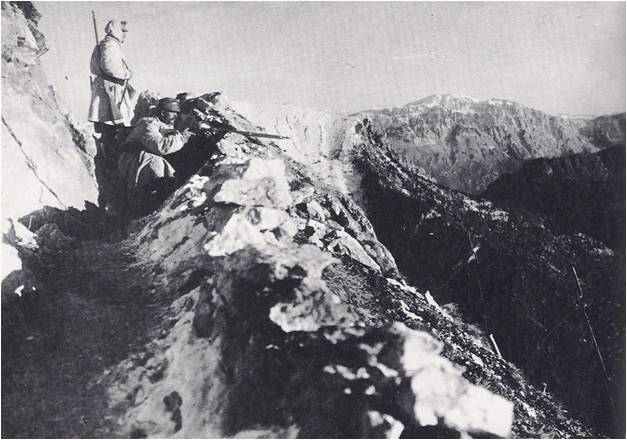
The truth was that not only the soldiers, but all the people were tired of war. They were willing to follow anyone who promised them peace and a better life — and this was the promise made to them by V. I. Lenin, the leader of a revolutionary party that came to be known as the Bolsheviks. In November, 1917, after a second revolution, the Bolsheviks took power; the following year their representatives met with representatives of Germany at the city of Brest-Litovsk to discuss peace. Under the peace treaty of Brest-Litovsk, which was signed in March of 1918, Russia lost immense territories. Poland, the Ukraine and Finland became independent, though actually under German control, as did Estonia, Latvia and Lithuania, three new states on the Baltic Sea. The Bolsheviks objected to these harsh terms, but they had little choice. If they had not signed the treaty, they would have broken their promise to make peace; besides, Russia was too weak and disorganized to go on fighting.
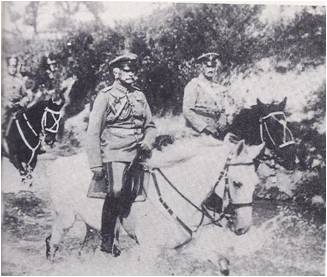
For the Germans, the treaty marked the high point of their success in World War I. They had neutralized Russia and now dominated eastern Europe. From the rich farmlands of the Ukraine, “the bread basket of Europe,” they could take large quantities of food to make up for the supplies cut off by the British naval blockade. Just as important, they no longer had to fight a war on two fronts. They shipped 44 divisions of troops from the east to the west and prepared a great attack — an attack meant to knock out France and win the war.
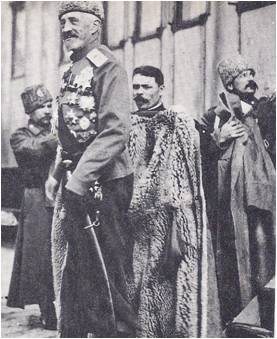
Meanwhile, however, another power, the United States, had entered the war on the side of the Allies. American troops and supplies were already on their way to the front and in the end it would be Germany that collapsed.
